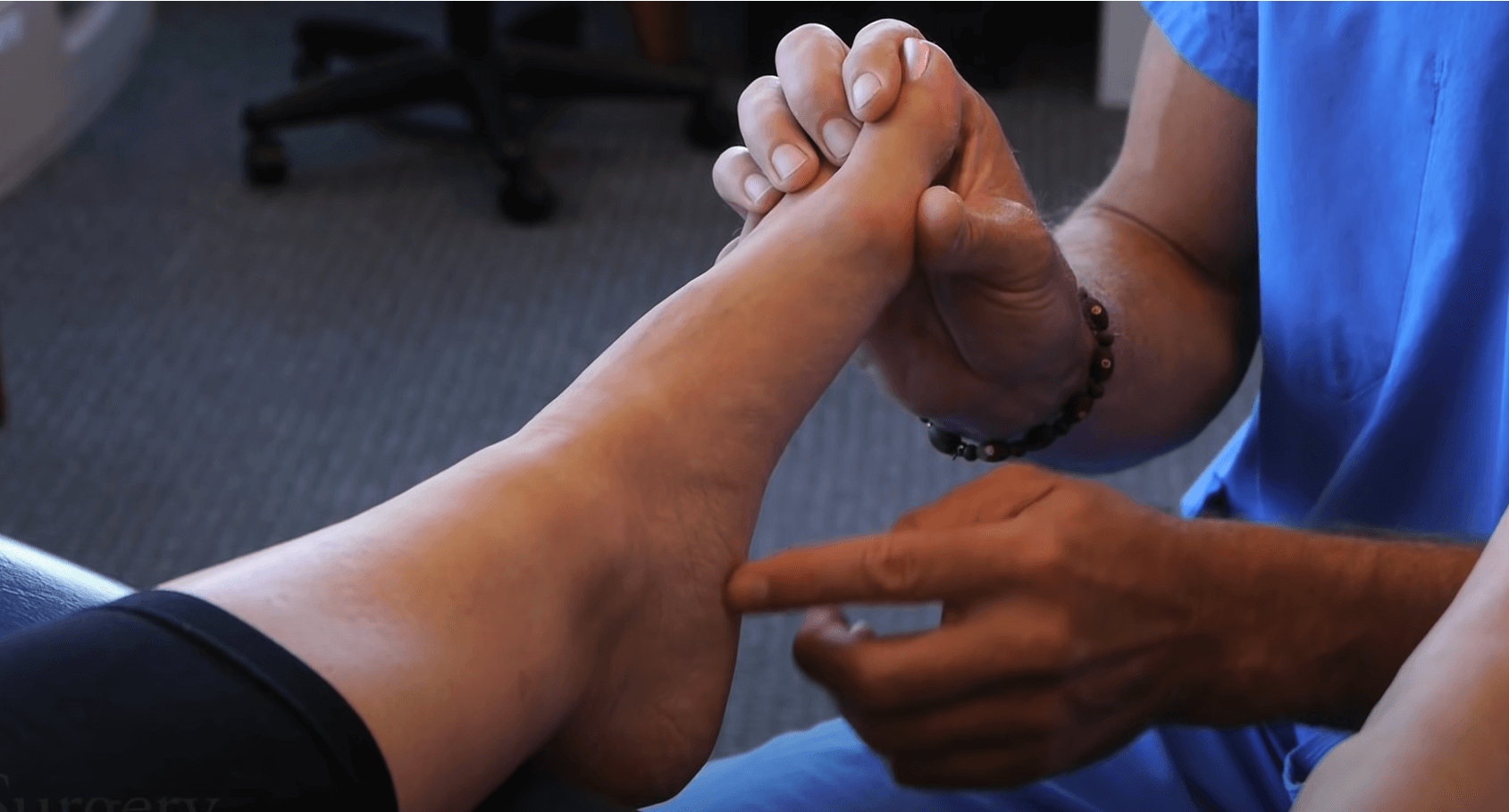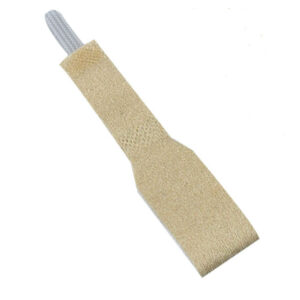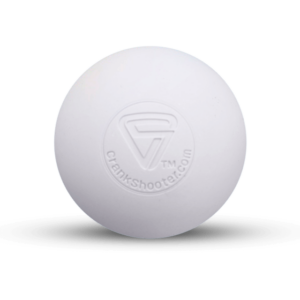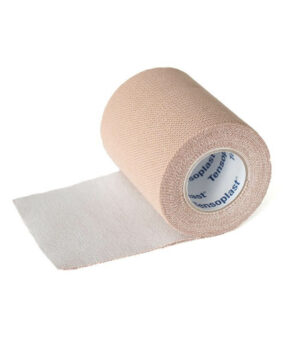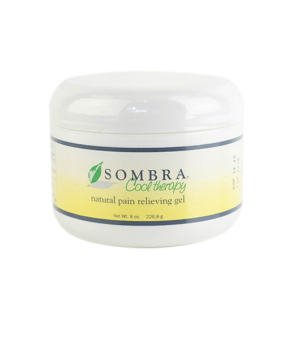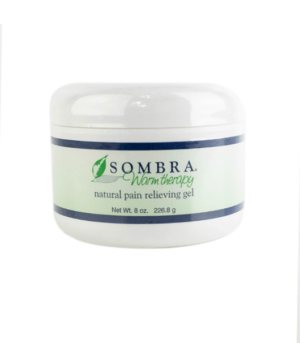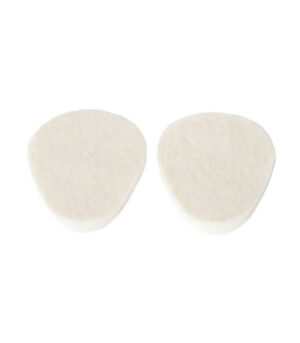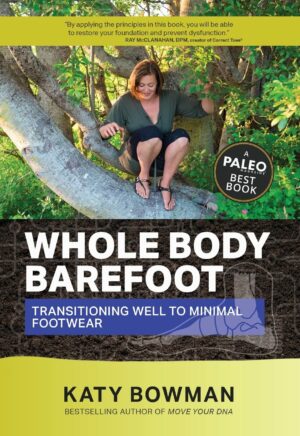We all spend a lot of time on our feet, in shoes, so understanding what constitutes healthy footwear is absolutely crucial for building and maintaining optimal foot, toe, and joint health. Indeed, the health of our feet has profound implications on our entire bodies and lives. But what are the key differences between a truly foot-healthy shoe and the industry standard? Quite a bit, as it turns out.
A typical “conventional” shoe possesses a quartet of injurious design features, including heel elevation, toe spring, toe taper, and sole stiffness. These design features are usually incorporated (to varying degrees) into almost every type of footwear, from fashion shoes to boots to casual shoes to athletic shoes.
The athletic shoe category can be the particularly deceiving because people tend to think of athletic shoes as comfortable and healthy; but by and large, they are neither of these things. When one looks closely at most athletic footwear, the negative design features present in other shoe categories are still evident and still cause foot and toe problems.
So, what does a foot-healthy shoe look like? A truly foot-healthy shoe is completely flat from heel to toe to provide real stability for your foot and enable natural arch support. A foot-healthy shoe possesses a sole that can easily be bent or twisted, allowing your foot to become strong on its own. And (perhaps most importantly) a foot-healthy toe has a toe box that is widest at the ends of the toes, not at the ball of the foot. A toe box that is widest at the ends of the toes allows for natural toe splay (enabled, ideally, by Correct Toes in individuals with toe deformities caused by a lifetime of tapering toe box footwear).
A foot-healthy shoe is also devoid of “motion control technology,” or anything that attempts to “improve upon” or “control” the already inherently brilliant design of the human foot. Da Vinci said it best: “The human foot is a masterpiece of engineering and a work of art.” The job of footwear is simply to respect the foot and stay out of its way as much as possible.
Because we all spend enormous amounts of time on our feet in a weight-bearing situation (as well as enormous amounts of time in our shoes), the shape and orientation of our feet and toes within our shoes is crucial. Bad shoes (i.e., shoes with the negative design features already mentioned above) can lead to toe deformities and pain, discomfort, and frustration. It’s impossible to rehabilitate the foot to the way nature intended while wearing conventional footwear, as conventional footwear itself is the underlying cause of most foot problems and deformities.
Good shoes (i.e., shoes with the positive design features already mentioned above) allow our feet and body to function as nature intended. These shoes help reduce our likelihood of foot and ankle injuries, eliminate pain in our lower extremities, and allow us to get the most out of our years (especially our later years).
Our feet and toes were naturally designed to enable optimal balance, gait, comfort, and longevity. Unfortunately, the vast majority of footwear on the market includes problematic design features, so we all need to be extra diligent when shopping for footwear. Seek out shoes that respect nature’s brilliant design instead of dominating it.
Examples of foot-healthy shoes can be found in the Northwest Foot & Ankle Shoe List. You’ll notice two seals of approval next to many of these footwear options. One of these seals is our “Natural Foot Approved” seal, which means that the product does not possess heel elevation, toe spring, or a rigid sole, and allows for natural toe splay. The other seal is our “Correct Toes Approved” seal, which means that the product conforms to the above criteria and also works well with Correct Toes toe spacers.
Authors: Dr. Robyn Hughes & Dr. Ray McClanahan





